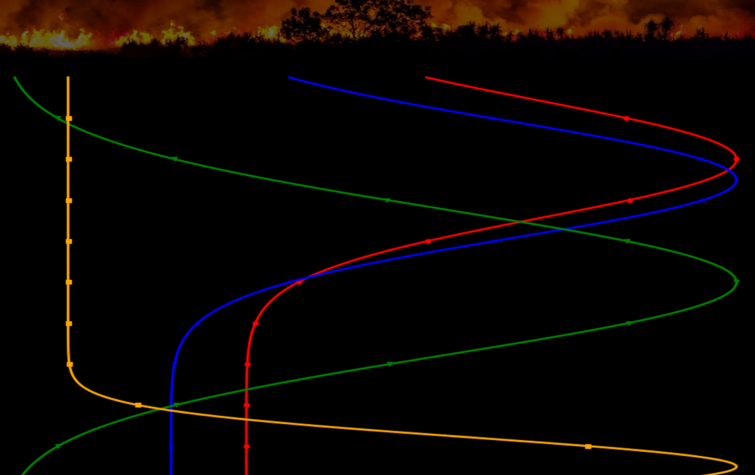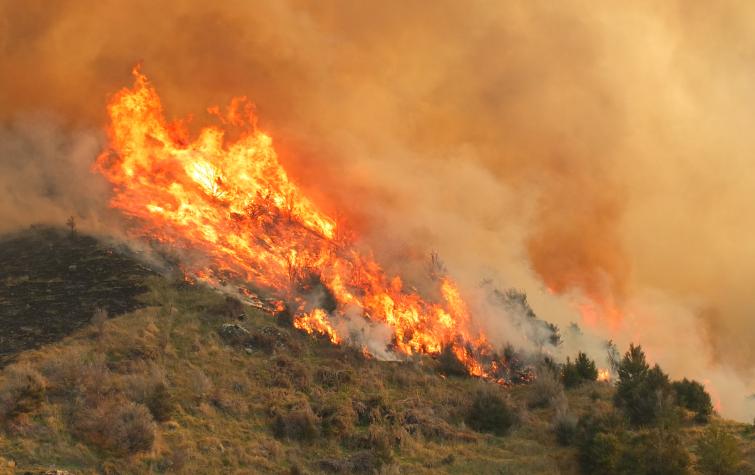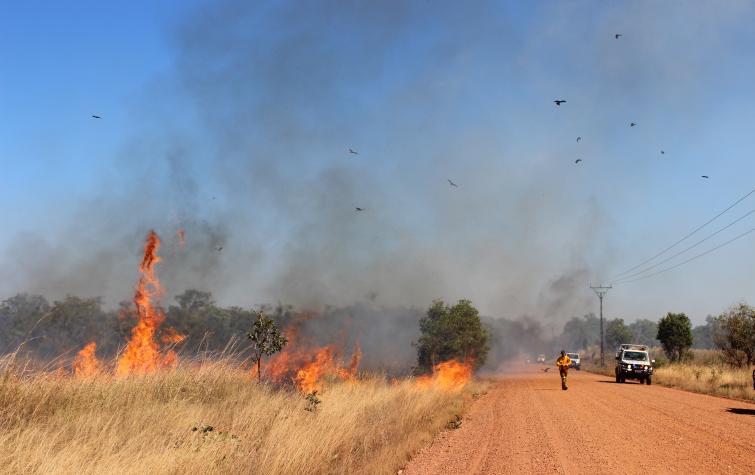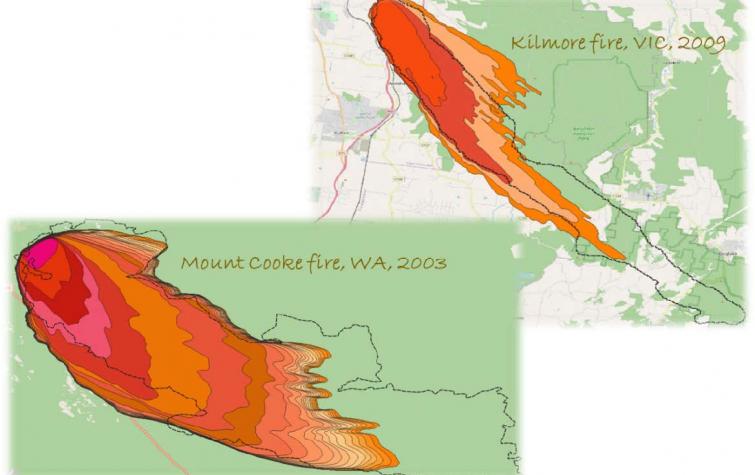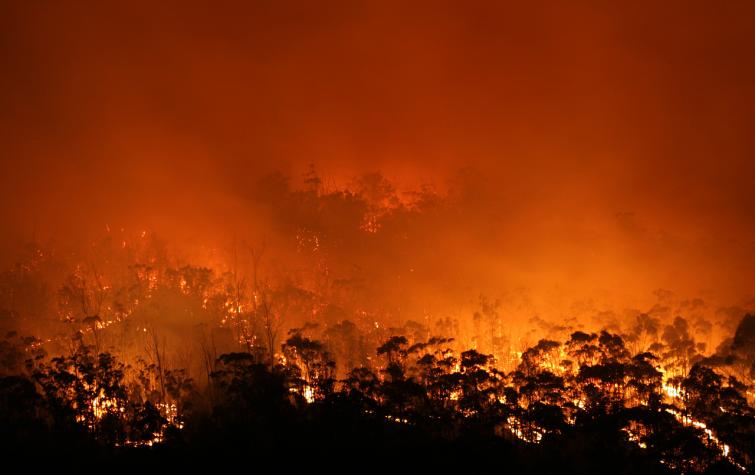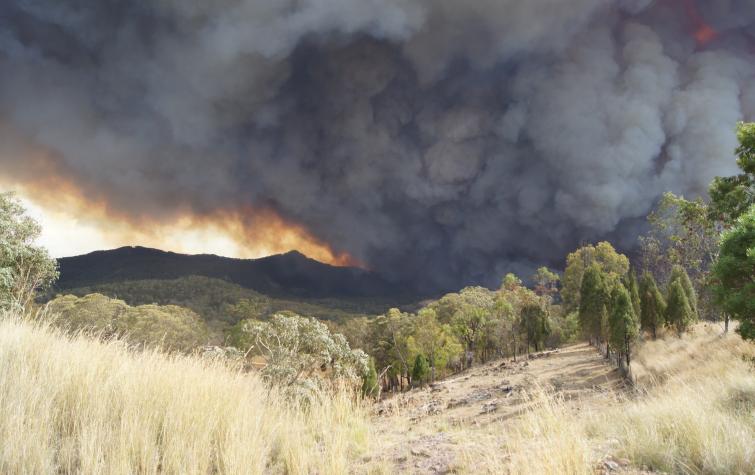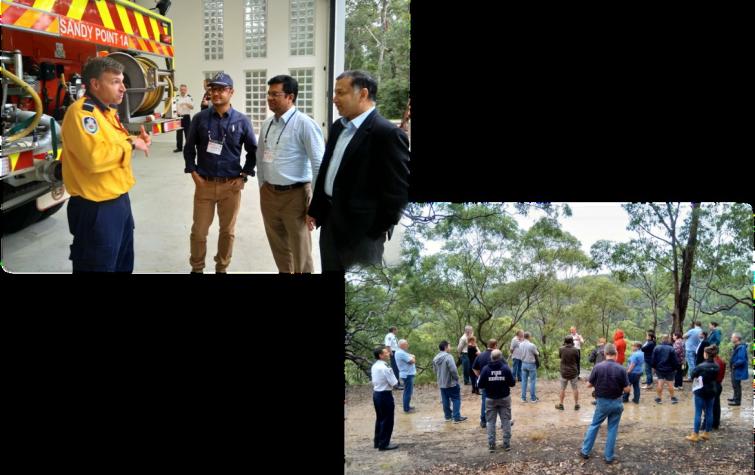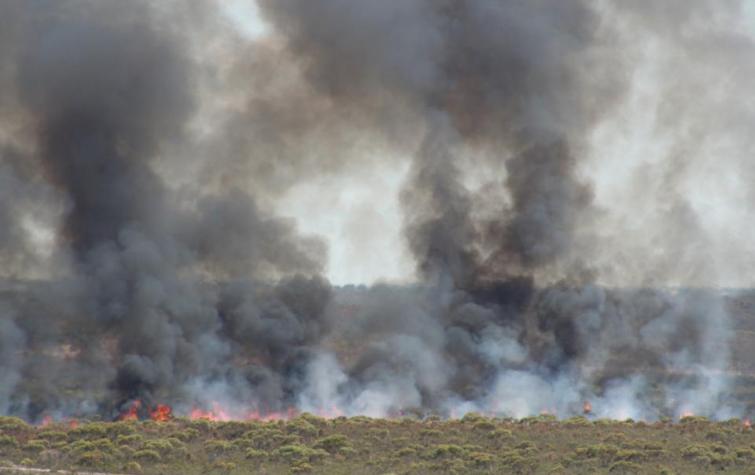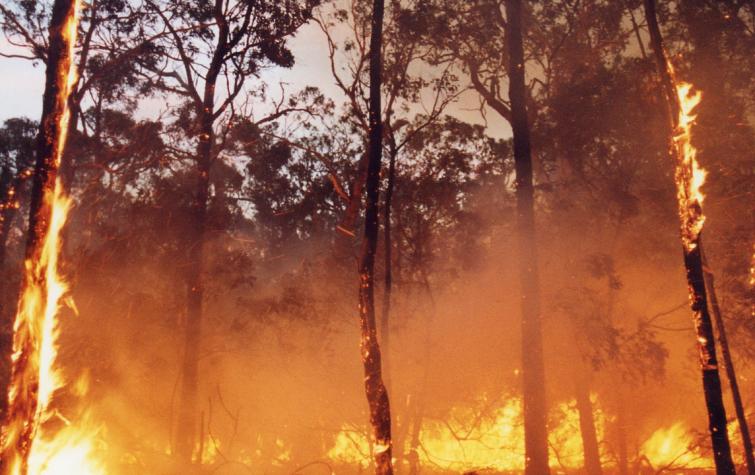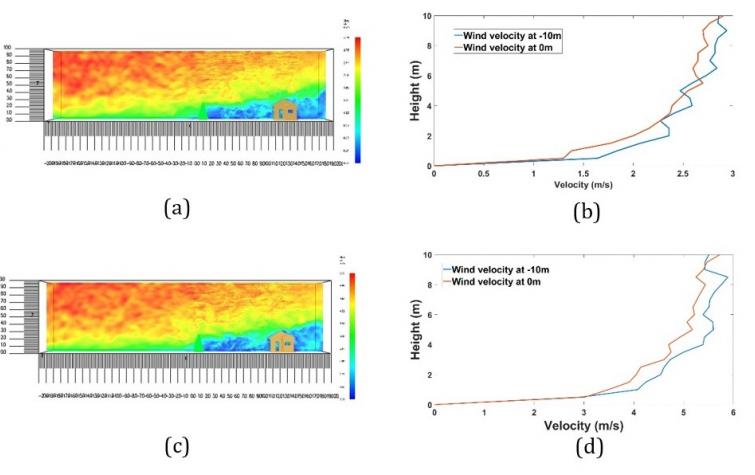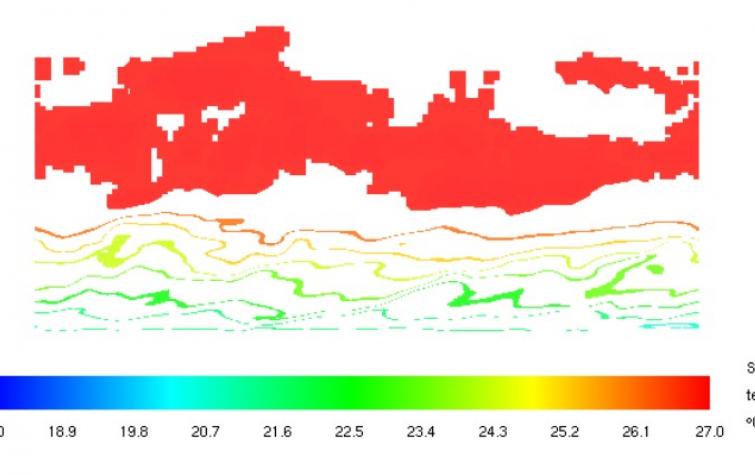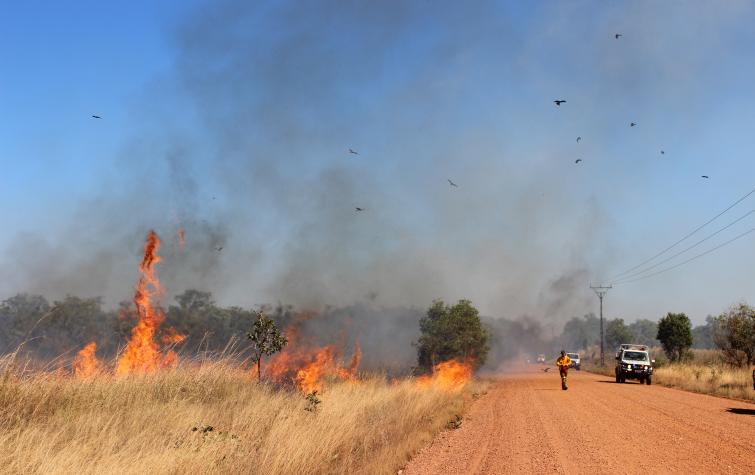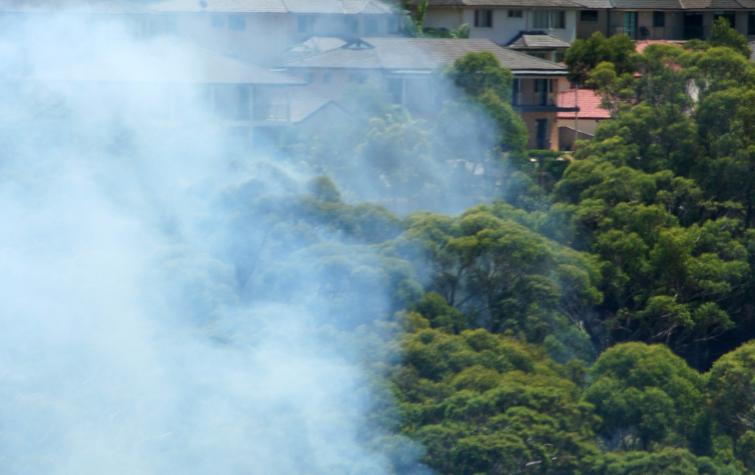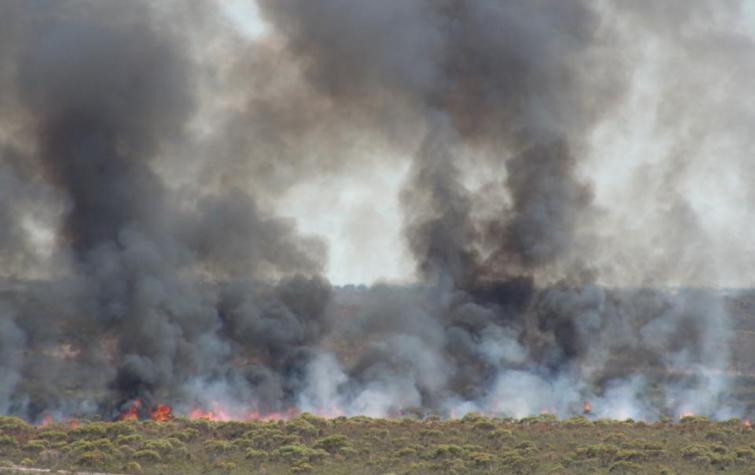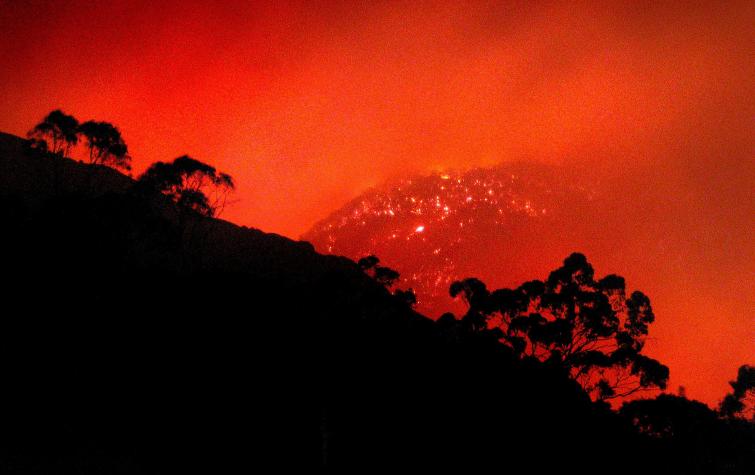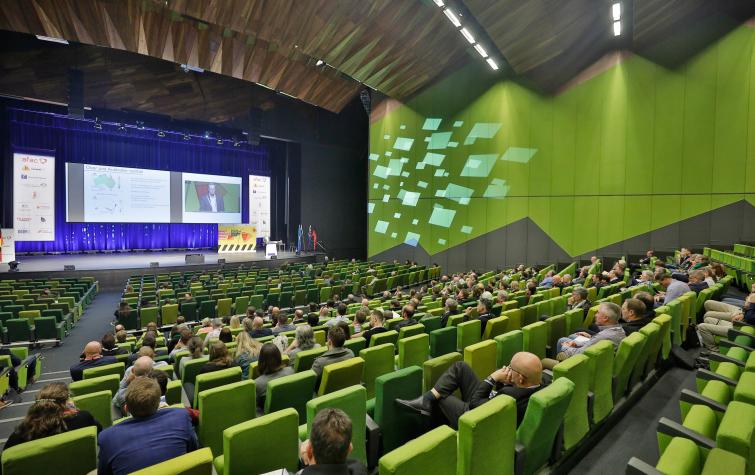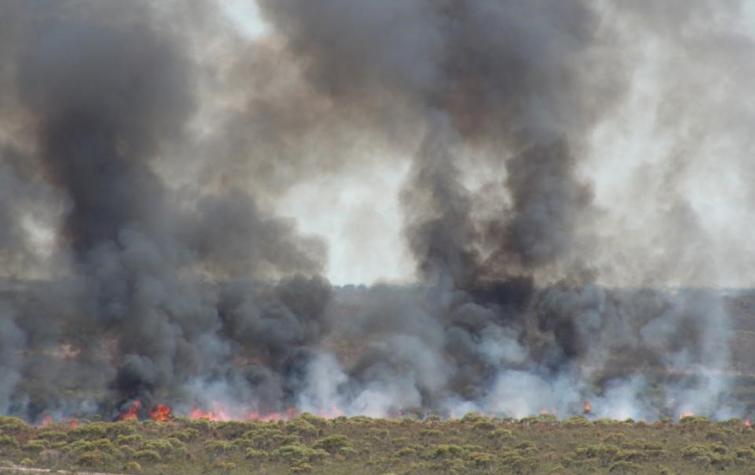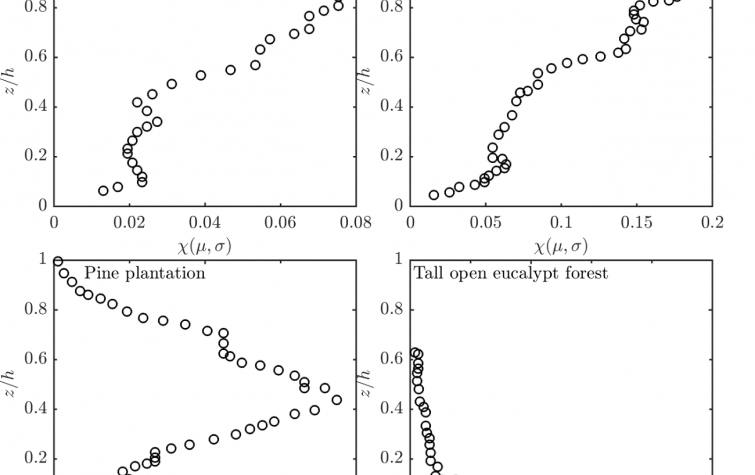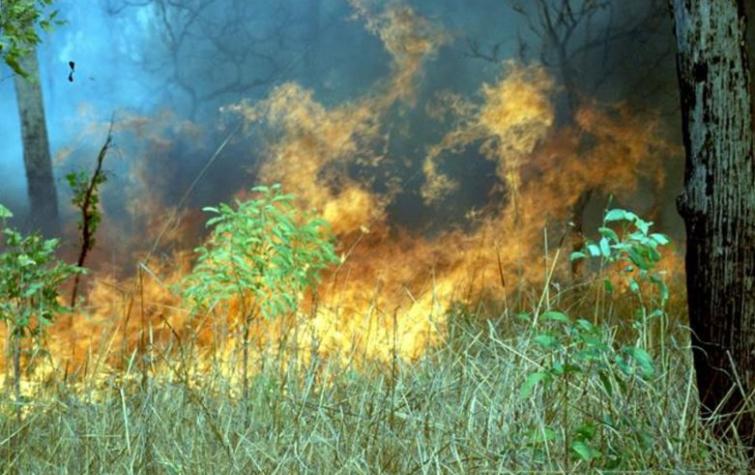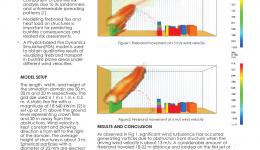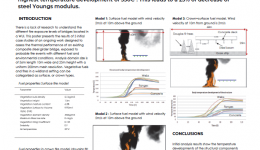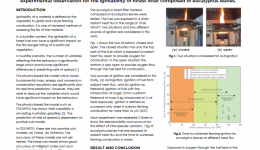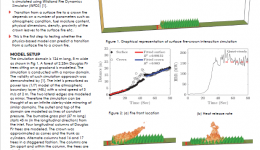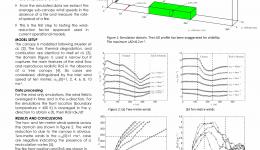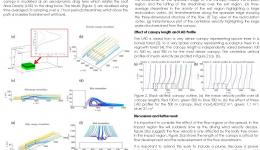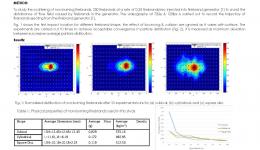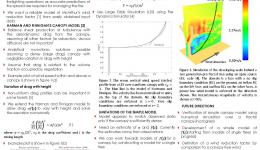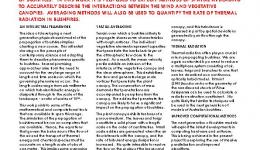Khalid Moinuddin is an Associate Professor at Victoria University's Institute of Sustainable Industries and Liveable Cities. He is involved in several computational and experimental research projects in the area of combustion, flame growth and propagation, turbulent fluid motion, tunnel fire and fire risk analysis. The nature of his research is both applied and fundamental.
His fundamental research works include simulation of gasification of solid fuels and combustion of the gaseous form, turbulent fluid motion using various large eddy simulation based models, evaporation of the sprinkler and water mist droplets and contribution to the development of physics-based simulation and numerical tools.
He was also the course coordinator of Victoria University’s Building Fire Safety and Risk Engineering courses from 2008-2017, which constitute only one of the two suites of courses of this kind delivered in Australia. He led a course review in modernising fire safety engineering curriculum and teaching practices, introducing new units to bridge identified gaps and facilitate graduates to gain the required professional certification.
Khalid Moinuddin is an Associate Professor at Victoria University's Institute of Sustainable Industries and Liveable Cities (ISILC). Within the Fire Research Group of ISILC, he is currently involved in several computational and experimental research projects in the area of combustion, flame growth and propagation, turbulent fluid motion, tunnel fire and fire risk analysis. The nature of his research is both applied and fundamental.
His fundamental research works include simulation of gasification of solid fuels and combustion of the gaseous form, turbulent fluid motion using various large eddy simulation (LES) based models, evaporation of the sprinkler/water mist droplets etc and contribution to the development of physics-based simulation/ numerical tools.
In the last few years, Khalid has developed two major streams of research at Victoria University:
· -development and application of a three-dimensional physics-based wildfire model which involves one postdoctoral research fellow, one PhD completion and five current PhD/Masters by research projects
·
· -fire safety engineering in naval applications which involves one postdoctoral research fellow and one PhD completion.
·
Khalid was also the Course Coordinator of Victoria University’s Building Fire Safety and Risk Engineering courses from 2008-2017, which constitute only one of the two suites of courses of this kind delivered in Australia. He led a course review in modernising Fire Safety Engineering Curriculum and Teaching Practices, introducing new units/topics to bridge identified gaps and facilitate graduates to gain the required professional certification.




